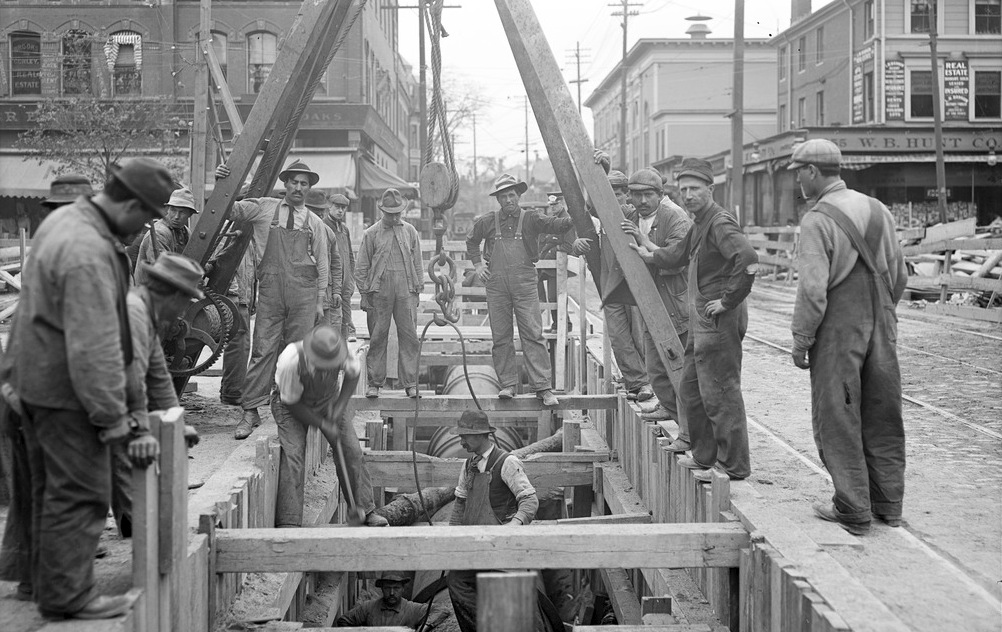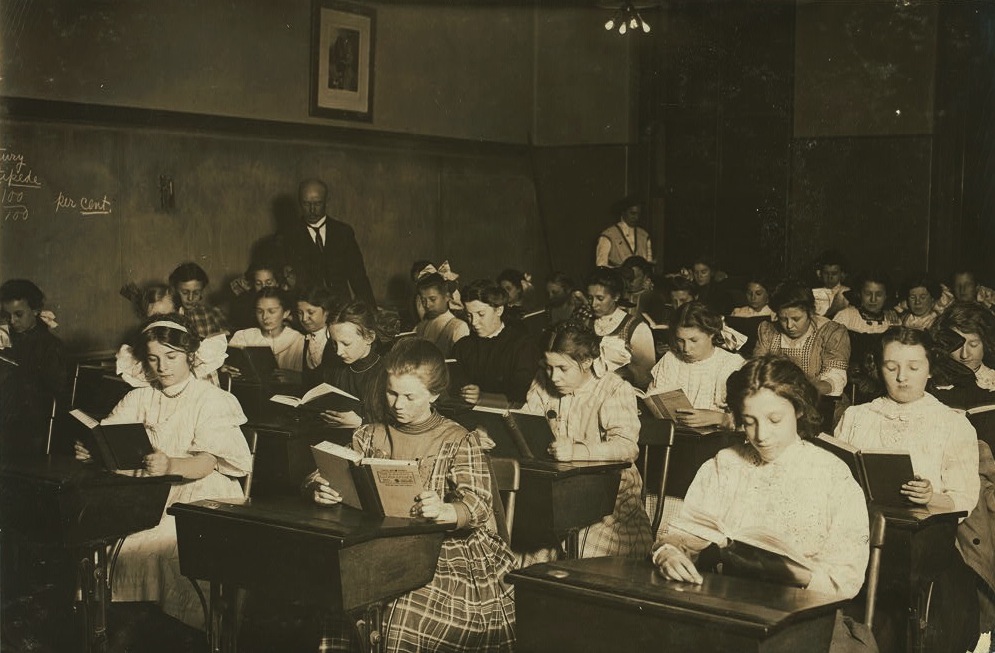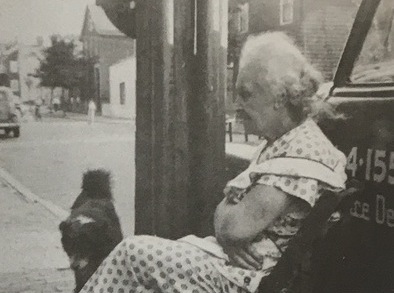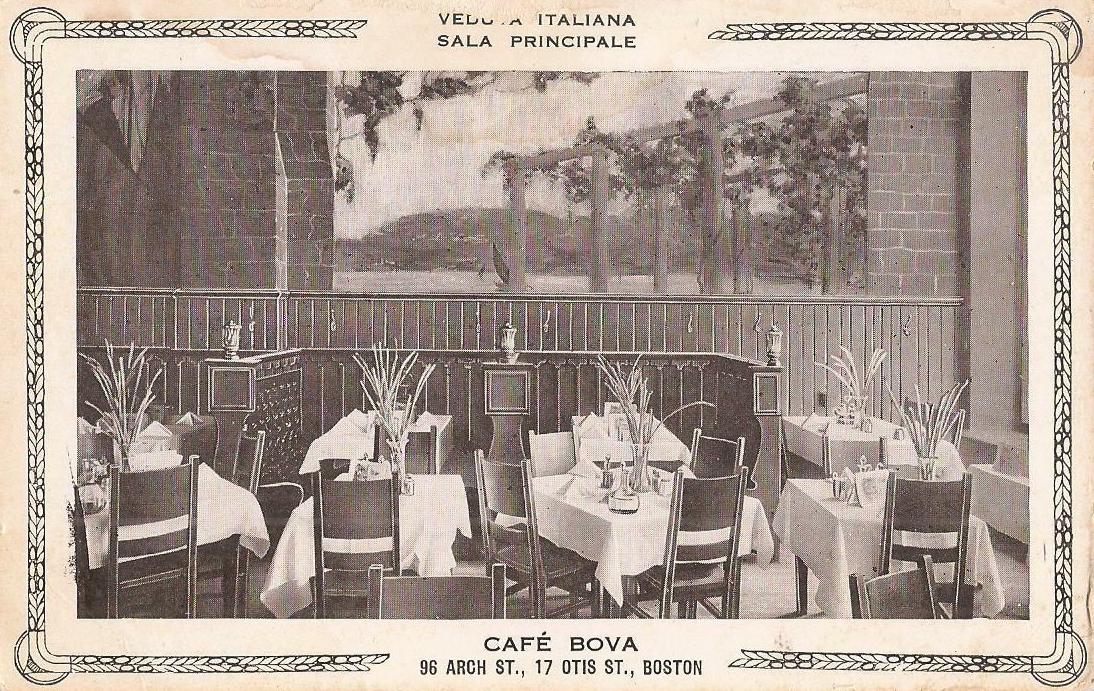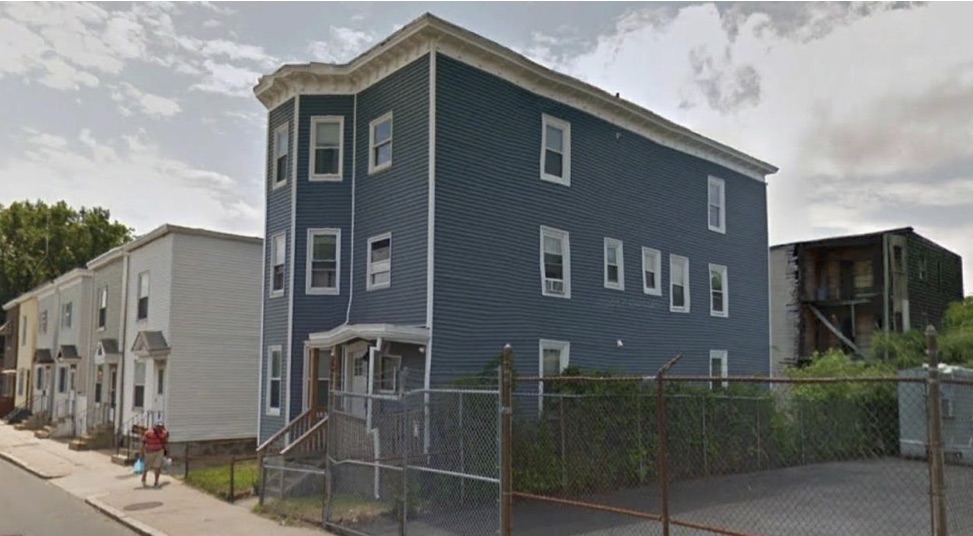Boy saluting, immigrants arriving in Boston, Photograph by Edmunds E. Bond, ca. 1915. Courtesy of the Trustees of Boston Public Library.
The peak period of Italian immigration to the United States occurred between 1880 and 1921, when approximately 4.2 million Italians came to America. The vast majority of these immigrants, about 80 percent, hailed from the Mezzogiorno in southern Italy, a region in the midst of great tumult and hardship. Having only been officially unified in 1860, political tension between the government in the north and the rural peasants in the south increased in the 1870s, when the government placed an onerous tax on wheat and salt, which were necessities for southern farmers and fishermen. In the 1880s, disease ravaged both staple and cash crops; malaria and other epidemics also devastated southern Italy during this period. Additionally, a series of earthquakes and the eruptions of Mount Etna and Mount Vesuvius in the early 1900s destroyed cities and killed tens of thousands of people.
Conditions in the United States during this era appeared to be very favorable to many in southern Italy. Wages for both skilled and unskilled laborers in the industrialized US could be three times greater than wages for the same work in the depressed Italian economy. Even illiterate day laborers could find better paying jobs with better working conditions in cities like Boston. In the late nineteenth century, Italian immigrants were often referred to as “birds of passage”–young men who migrated alone, earning money to buy land and support their families at home and eventually returning to Italy. After World War I, however, immigration patterns changed and more Italian immigrants began to bring their families over and put down permanent roots in the region.
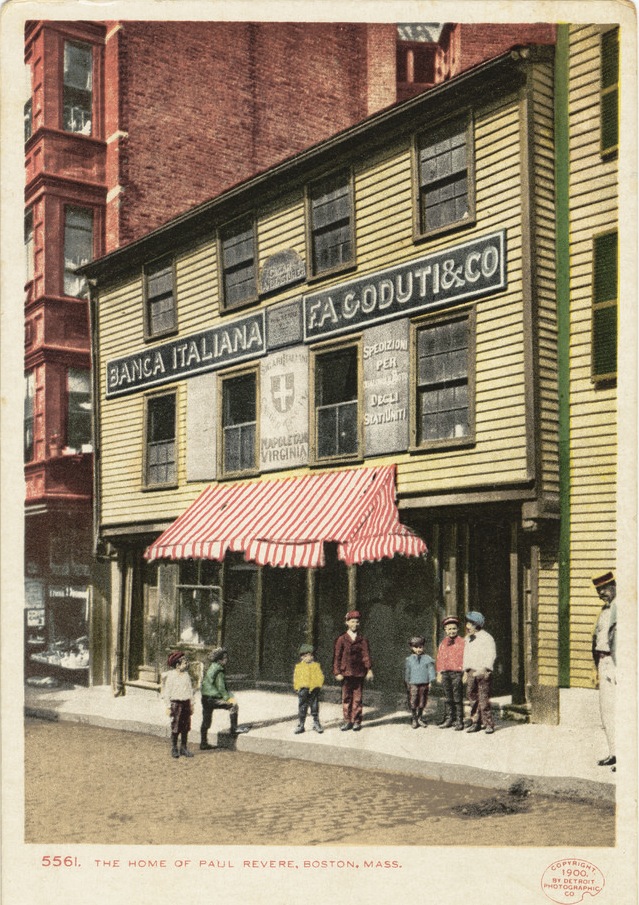
Patterns of Settlement
Boston’s North End neighborhood became the locus of Italian settlement in eastern New England. Once the home of English colonists and revolutionaries like Paul Revere, Irish and Jewish immigrants settled in the North End before the wave of Italian immigration in the late 1800s. By the early 20th century, the North End was densely filled with tenements, in which tens of thousands of Italians lived. Much of the appeal of the North End for immigrant groups was its proximity to work opportunities on the waterfront and in downtown Boston. By 1920, over 50 percent of Italian immigrants in Boston lived in the North End. Those who could afford more spacious dwellings moved across the harbor to East Boston, which by the mid-twentieth century became the city’s largest Italian-American community. Others moved to nearby suburbs such as Somerville, Revere and Saugus, especially after World War II. But even as immigrants and their children moved to these areas, many Italian small businesses and restaurants remained in the North End, and it is still an important center of Italian culture in New England.
Workforce Participation
Most Italian immigrants in the late nineteenth and early twentieth centuries worked menial, unskilled jobs upon their arrival in Boston, as day laborers, dockworkers, or fruit sellers. Others opened shops and small businesses, and some skilled workers (like tailors) found higher-paying jobs. In neighborhoods like the North End and East Boston, immigrants operated Italian restaurants that attracted a growing clientele from across the city. For the earlier “birds of passage,” though, assimilating into the wider American culture was not a priority; for more permanent Italian settlers, cultural obstacles such as the language barrier and lower levels of education made upward mobility difficult. Within a few generations, however, Italian Americans in Boston became better educated and were able to move into middle-class and professional occupations, including some of the highest echelons of business and politics.


